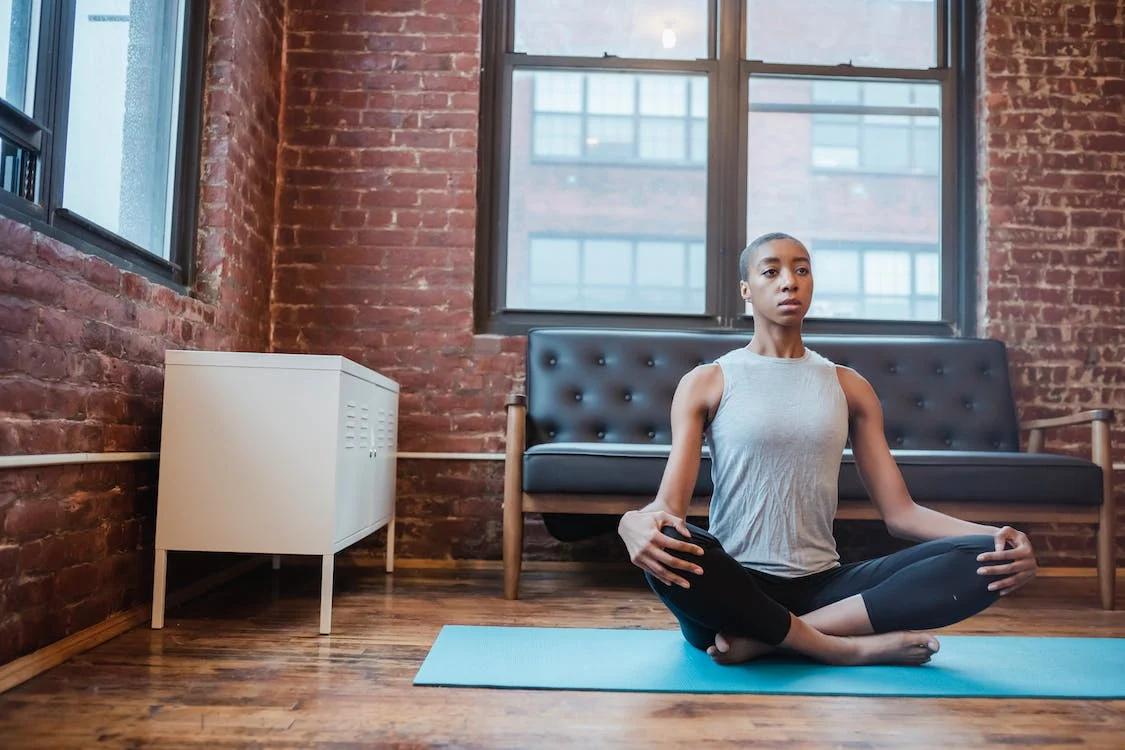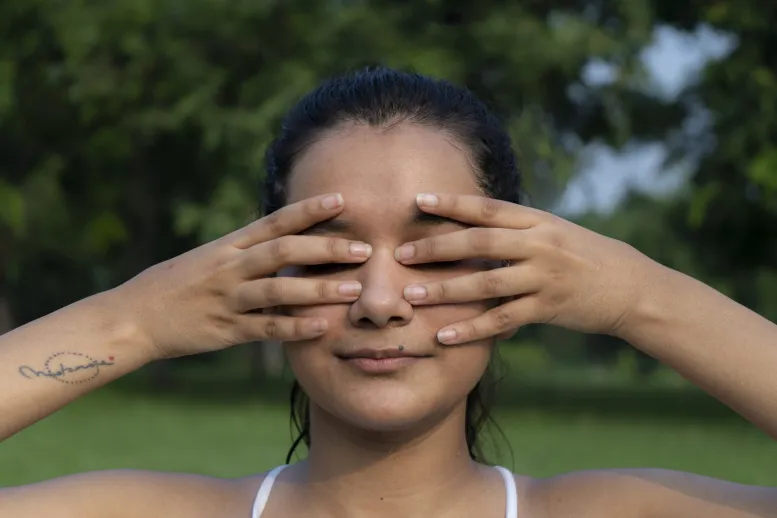A Step-by-Step Guide on How to Do Pranayam
4 minuteRead

Do you feel anxious or stressed or get cold feet now and then? Well, there’s a path to attaining a calm and positive mental health which can be performed by anyone. In the mental health awareness month, let's discuss the benefits of Pranayam and performing Pranayam breathing techniques.
What is Pranayam?
Pranayam, also called the "heart of yoga," is the art of controlling the pattern of breathing. The word originates from the combination of two Sanskrit words, “Pran,” meaning vital life force, and “Yam,” meaning to gain control. Pranayam is an integral part of yoga as its fourth limb. It is a technique that has been followed by Indians and mastered by yogis and sages since ancient times. Pranayam is a breathing practice that creates a connection between breathing, mind, and emotions.
There are multiple ways to do pranayam - sitting or lying down silently while performing breathing exercises; inculcating the habit of pranayam to cope with stress, insomnia, anxiety, and likewise situations; or by performing yoga asana or performing yoga postures and coordinating breathing with yoga movements.
A Glance at Pranayam Benefits
There are numerous Pranayam benefits, following are the primary ones:
- Reduced pulse rate and blood pressure
- A way to cope with anxiety and stress
- Better sleep quality and an energized body
- Boost in metabolism
- State of positive mindset and mental health
- Stability of emotional equilibrium
- Heals imbalanced hormonal system
- Enhance lung capacity
How to Do Pranayam Meditation - 5 Pranayam Techniques for Beginners
Various pranayama techniques can be performed as yoga postures. But can we do pranayam at home? Let's discuss the most popular pranayama techniques for beginners here.
Ujjayi pranayama
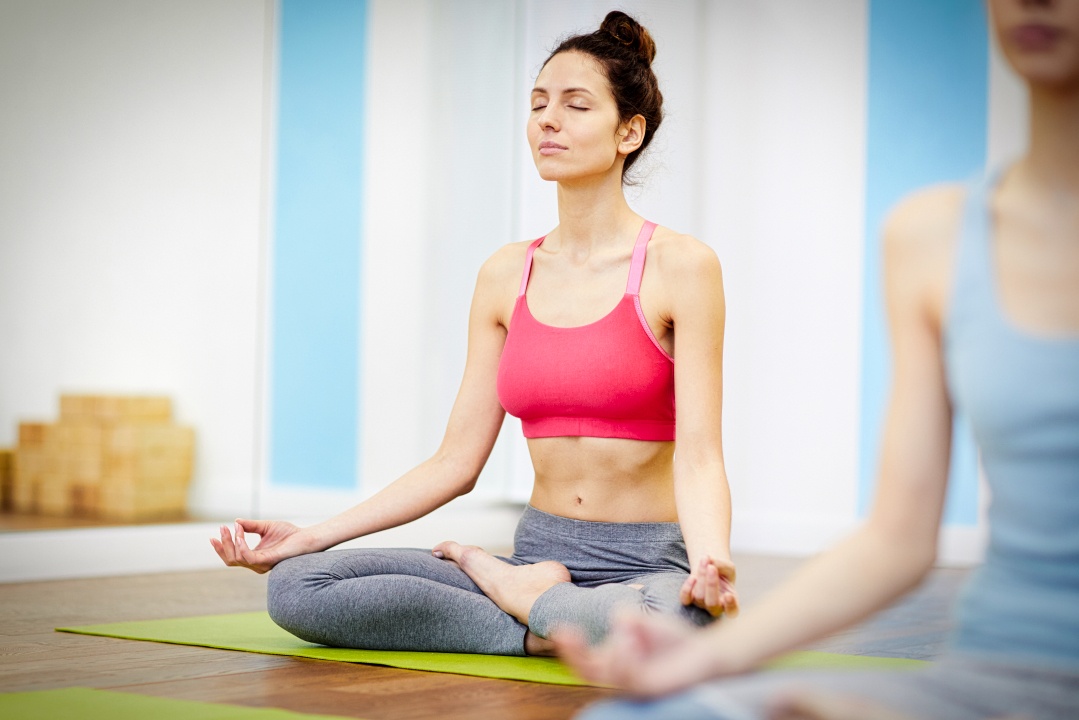
Source: YogaBasics
First up is Ujjayi pranayama, also known as Victorious Breath. It is quite an easy practice to do. You can even practice it during your regular yoga routine. All you have to do is constrict the opening of your throat slightly as you breathe in and out. This creates a soothing sound similar to ocean waves. It is one of the best techniques to use when you need to calm down and destress.
Sama Vritti Pranayama
Source: https://www.pexels.com/photo/focused-black-woman-practicing-easy-sit-posture-6303434/
Next is Sama Vritti Pranayama, also called Box Breathing.
- To practice Sama Vritti Pranayama, sit comfortably, close your eyes, and breathe slowly through your nose while counting to four.
- Hold your breath for four counts, then slowly exhale for four counts.
- Hold the exhale for another four counts before repeating the cycle.
- Do this for four minutes or until you feel centred and relaxed.
Kapalabhati
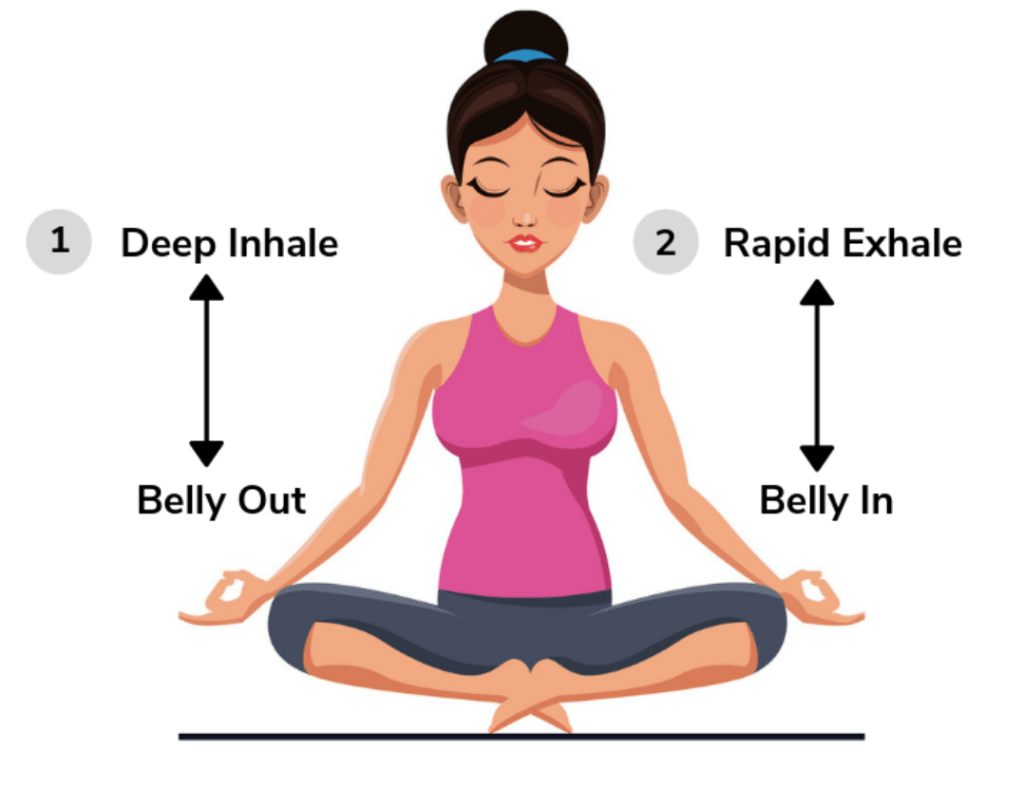
Source: trisulaYoga
There’s also Kapalabhati, or Skull Shining Breath. Kapalabhati involves alternating short, forceful exhales with slightly longer inhales.
- You can start by sitting or lying down and placing your hands lightly on your belly.
- Then, contract your lower belly to push a burst of air out of your lungs.
- Release the contraction quickly so that air is sucked back into your lungs.
- Repeat this eight to ten times at first, gradually increasing to 100 or more cycles.
- This technique will prepare you for more intense pranayama practices.
Bhramari Pranayama
Source: https://pixahive.com/photo/bhramari-pranayama/
Bhramari Pranayama is also popular as the Bee Breath.
- To practice this breathing technique, sit comfortably with your back straight and eyes closed.
- Next, place your index fingers on your ears, with your thumbs covering your eyes and the rest of your fingers on your face.
- Then, take a deep breath in and as you exhale, make a buzzing sound like a bee.
- Continue making the buzzing sound for the entire duration of your exhalation.
- Take a few normal breaths and then repeat this technique 3 to 4 times to make it more effective.
Sheetali Pranayama
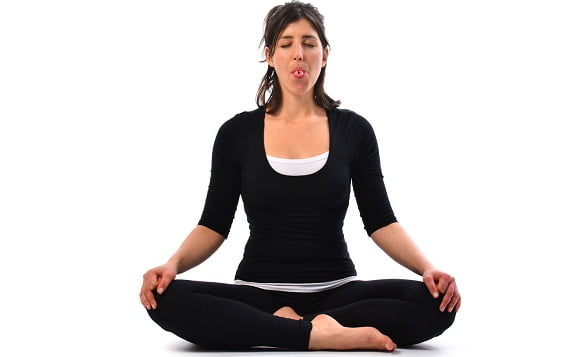
Source: YogaLily
Also known as Cooling Breath, Sheetali Pranayama is a refreshing technique that can help cool down your body and mind.
- To practice Sheetali Pranayama, sit comfortably with your back straight and your eyes closed. Then, roll your tongue into a tube-like shape, sticking it out of your mouth.
- Next, inhale deeply through your tongue, feeling the coolness of the air on your tongue and throat.
- Close your mouth and hold your breath for a few seconds.
- Exhale slowly through your nose. Repeat this technique 3 to 4 times to make it more effective.
Do’s and Dont’s
- Choose a spot which is spacious and well-ventilated. Avoid sitting under AC, fan, or direct sun.
- Don’t sit in an uncomfortable position. Sit in actual yoga poses like the lotus pose to perform Hatha Yoga.
- Perform Pranayam breathing techniques empty stomach preferably early morning.
- Always sit actively, keeping your spine straight and focusing on breathing.
Now that you have learnt some of the most popular and effective Pranayama techniques try them out. Don’t forget to let us know your experience in the comments section!
Write, Record and Answer! Consume Unlimited Content! All you need to do is sign in and its absolutely free!
Continue with one click!!By signing up, you agree to our Terms and Conditions and Privacy Policy.




